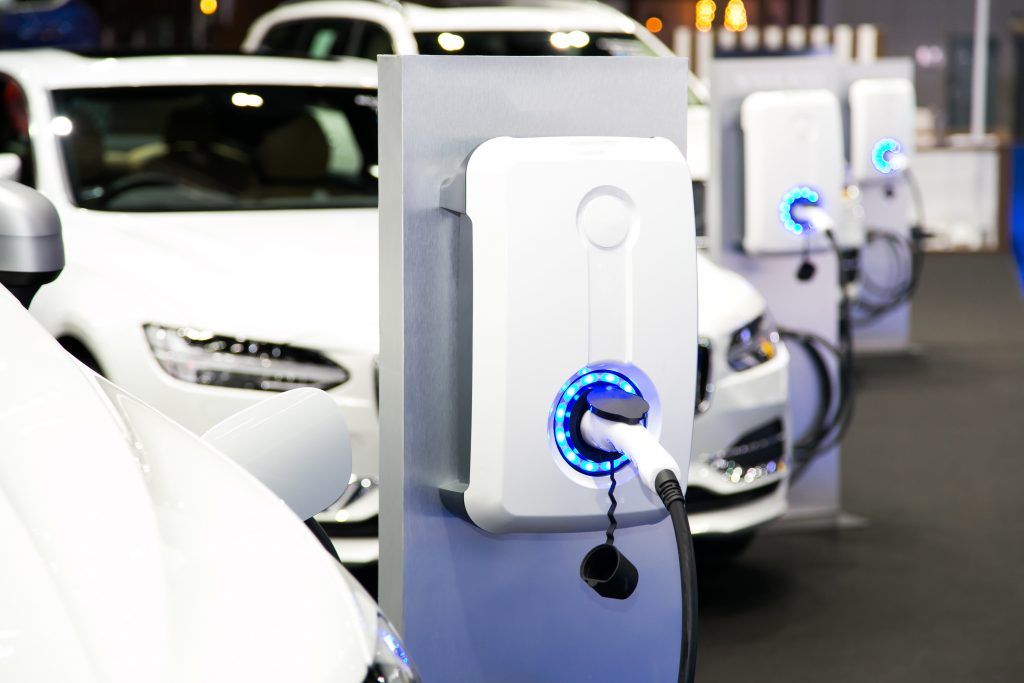Keith Watson, EO Charging’s Director of eBus and eTruck, says fleet managers looking to electrify must prioritise power access.
Last month, the UK Government set out a delivery plan that will bring together its Energy Security and Net Zero Growth goals. Whilst there was criticism it could have gone further in strengthening policies in support of electric vehicle growth, the move highlighted both the challenges and opportunities of ensuring energy security as we transition to a lower carbon transport system.
There are over half a million Goods Vehicles operating in the UK, and currently only 39,200 of these are electric vans – making up just 7% of the vans and trucks on the road. With the Government’s ambition to end the sale of all new petrol and diesel vans and trucks in the UK by 2035, many organisations are only a couple of lease lifetimes away from this deadline, so it’s no longer a matter of if organisations electrify, but rather when.
We’re already seeing this in our conversations with eBus and eTruck fleet managers eager to electrify, but unsure how or whether they have the resources to do so.
Organisations with the financial resources available to transition more quickly not only gain a competitive edge, as they can take full advantage of the associated energy savings, but also play a crucial role in helping stabilise power on the grid. However, to ensure businesses don’t squander potential gains, and leave themselves open to expensive costs, it’s vital that they think ahead.
A good understanding of power requirements is vital
There’s a critical change in mindset needed – all fleet managers must shift from prioritising access to sufficient vehicles in the planning and investment proposals, to prioritising access to sufficient power.
Before deciding whether an organisation needs to upgrade its existing electricity connection to accommodate the additional load requirements from EV charge points, a comprehensive assessment of future needs is required. This includes considering the type and number of EVs in the fleet, charging requirements of each vehicle and how much electricity will be required for other applications on your site.
We always recommend customers do this before purchasing the vehicles. A common oversight amongst fleet managers is that applications for a new Point of Connection (PoC) are not automatically granted, and can be subject to limits based on competition from other calls on local energy infrastructure such as industrial estates and other projects.
Also, the process of obtaining a new PoC can be complex, involving multiple stakeholders, such as the distribution network operator (DNOs) and relevant planning authorities. They all need to work together in ensuring the new PoC meets all the necessary requirements and remains compatible with the wider energy network.
Taking the time to identify the right charging infrastructure for your business is essential to ensure a swift and successful transition. As organisations shift from piloting EVs to making them more prevalent in their fleets, the ability to charge multiple vehicles at one time is going to be key and with that capability comes rapid changes in the power demands of a site. If you underestimate power requirements on a site now, you might need to rip up plans, and the tarmac (!), in years to come so that you can effectively accommodate your growing fleet.
This can be avoided by working with the right charging partner – one able to guide and educate your business through the process from start to finish.
Maximising capacity
Organisations can make further gains by maximising their capacity through efficiencies such as dynamic load management and smart charging. This not only helps businesses reduce costs to their bottom line, but also plays a critical role in contributing to the UK’s energy security.
Smart charging allows fleet managers to manage EV charging in a more sophisticated way. They can monitor available power, and adjust the charging schedules of EVs accordingly. They can also automatically take advantage of charging at times when power from the grid is at its cheapest.
Dynamic Load Management systems go one step further, offering a solution that optimises the use of available power without exceeding the maximum power capacity of a site. For businesses looking to scale up their EV usage, this offers a pragmatic approach to installing and operating multiple chargers that can remove the need for more power entirely, or provide a viable alternative while waiting for a new point of connection, without incurring the cost of digging up cable runs and depots multiple times.
This future ready approach also means organisations can seamlessly integrate ‘Vehicle to Grid’ charging and new onsite renewable generation sources such as solar panels. This will help businesses become energy independent and start generating revenues by selling the excess stored energy in the EVs back to the grid when it is not required.
It’s also common for new entrants into the space to focus on the chargers and forget about their upkeep. It’s just as important to ensure that the chargers and LV infrastructure is being maintained to ensure uptime and vehicle run-out.
The UK is already a world leading force in EVs, yet if we allow misplanning to slow the roll out of essential charging infrastructure, we risk undermining our initial progress. The positive economic potential of increasing EV use within fleets should not be underestimated, so organisations need to take steps now to review their charging infrastructure plans.
At EO Charging, we provide turnkey EV charging and financing solutions for van, truck and bus fleets across the UK and Europe, including for the likes of Amazon, Tesco and DHL.
Image courtesy of EO Charging.








